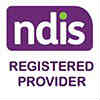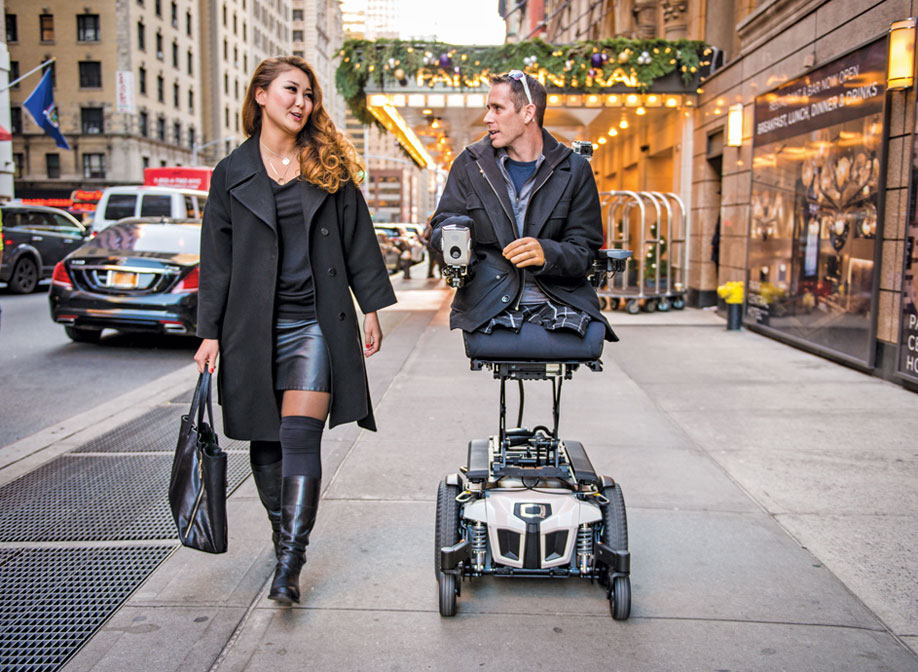Recently, the ATSA Daily Living Expo was held at Rosehill Racecourse. It was great to see many end users and therapists in attendance. The atmosphere was electric and there was certainly a noticeable buzz around disability equipment. For those who were unable to attend and missed the GTK Rehab stand, our theme was all about the end user identifying what their next adventure is going to be.
In many instances, wheelchairs and mobility aids are scripted to get people moving - a method of transport. At GTK Rehab, we see mobility equipment as an enabler to explore the world: to allow our clients “to do and be active”. Our theme encouraged our clients and therapists to consider how features on a wheelchair can be relevant in everyday life and ambitions.
Therefore, we were excited to hear about the launch of iLevel on the new Quantum Edge 2.0. The feature is seat elevation. The application is safe eye level operation at walking speed allowing for end users to socially interact and engage at the height they want, all the time.
For end users with complex needs, seat elevation is both enabling and medically necessary. The iLevel seat elevation system facilitates independent transfers, improves reach, and promotes eye level contact in conversation and safe navigation at walking speed.
With iLevel, the chair user can move vertically while driving their chair to access the environment to complete their ADLS at the most appropriate height necessary.
A standing transfer from a low seat to floor height can require tremendous assistance for clients with degenerative conditions. Seat elevation can result in these clients maintaining independence in standing transfers, thus perform various ADL’s without assistance. Seat elevation also allows for gravity to be used in sliding transfers to reduce resistance and upper extreme strain.
Greater physical reach allows end users to perform tasks once considered unachievable within the home, work, and school and in community settings. This includes activities such as reaching for items on the top shelf of the supermarket, cooking in your own kitchen, writing on a whiteboard, ordering at a counter and reaching for work documents from the top shelf – These are all ADL’s we take for granted and as a result, are often undervalued when considering the benefits of seat elevation to our clients.
Reducing the reach for objects will reduce musculoskeletal injury. With seat elevation, arms are in a better biomechanical position for function and the load is lightened. This is ideal for end users with reduced strength or when range of motion is compromised. The benefits include a reduction of pain in the arms, upper back and neck and can prevent secondary complications such as repetitive strain injuries.
For end users sitting in wheelchairs, conversations with others can be socially awkward. They often crane their necks looking up while those around them don’t know if they should stand or crouch. ILevel and driving can make them more visible in the community and they can have a better idea of their wider surroundings
In summary, seat elevation is not a luxury item and has both medical and functional benefits. The application of seat elevation can open our clients world to new opportunities and greater independence. Clear functional and medical goals during the assessment phase will assist in the clinical justification of seat elevation.



